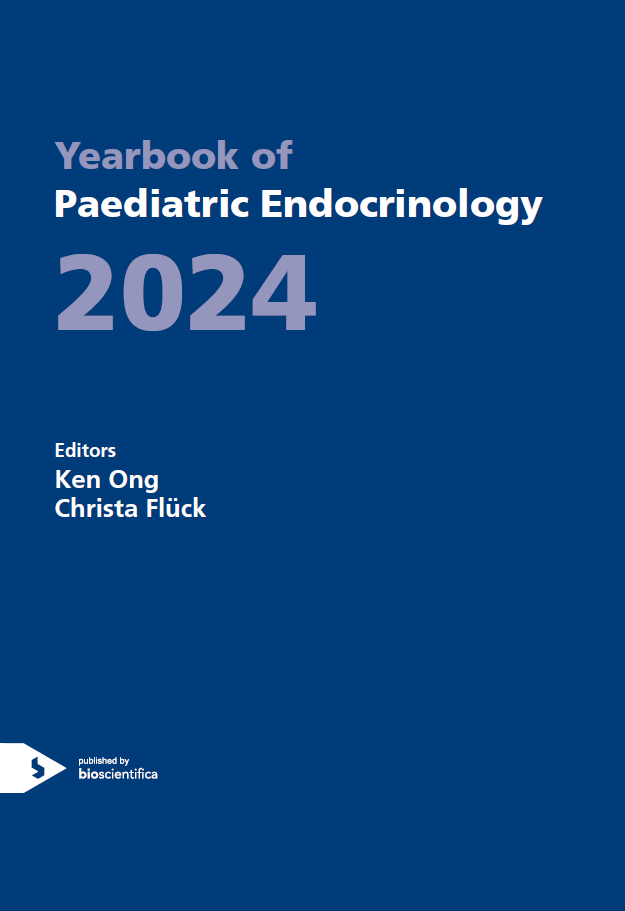1. Pituitary and Neuroendocrinology
New Mechanisms
ey0021.1-1 | New Mechanisms | ESPEYB21
1.1. SEMA6A drives GnRH neuron-dependent puberty onset by tuning median eminence vascular permeability
Lettieri A. , Oleari R. , van den Munkhof M.H. , van Battum E.Y. , Verhagen M.G. , Tacconi C.
ey0021.1-2 | New Mechanisms | ESPEYB21
1.2. Kisspeptin signalling in astrocytes modulates the reproductive axis
Torres E. , Pellegrino G. , Granados-Rodriguez M. , Fuentes-Fayos A.C. , Velasco I. , Coutteau-Robles A.
ey0021.1-3 | New Mechanisms | ESPEYB21
1.3. Novel candidate regulators and developmental trajectory of pituitary thyrotropes
M. Cheung L.Y. , Menage L. , Rizzoti K. , Hamilton G. , Dumontet T. , Basham K.
ey0021.1-4 | New Mechanisms | ESPEYB21
1.4. SOX9-positive pituitary stem cells differ according to their position in the gland and maintenance of their progeny depends on context
Rizzoti K. , Chakravarty P. , Sheridan D. , Lovell-Badge R.




